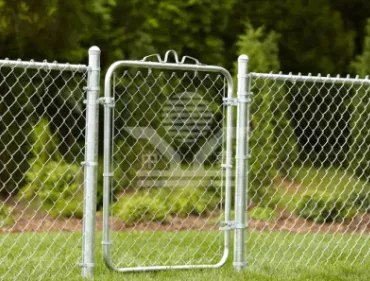Materials for Sound Barriers An Overview
Sound barriers have become increasingly essential in our modern world, where urban development and transportation infrastructure are rapidly expanding. These structures serve to mitigate noise pollution, particularly in residential areas adjacent to highways, railways, and industrial sites. The effectiveness of a sound barrier largely depends on the materials used in its construction. This article explores the various materials that are commonly employed in the creation of sound barriers and their respective advantages and disadvantages.
Concrete
Concrete is one of the most prevalent materials used in sound barrier construction. Its density and mass provide excellent sound attenuation, making it highly effective at blocking noise. Concrete barriers can be designed to be aesthetically pleasing, often incorporating various textures and colors that blend with the surrounding environment. However, they can be expensive and labor-intensive to install. Moreover, concrete is heavy, which can pose difficulties in terms of transportation and installation.
Wood
Wooden sound barriers are another popular choice, particularly for residential areas. They offer a natural appearance that can integrate well with the landscape. Wood is also relatively inexpensive compared to other materials. However, its performance as a sound barrier largely depends on the thickness and construction method used. Wooden barriers may require maintenance over time, as they are susceptible to weathering, rot, and insect damage. To enhance their durability, treated wood or composite materials may be used.
Metal
materials for sound barriers

Metal barriers, often made from corrugated steel or aluminum, are also employed for sound attenuation. Such materials are typically durable and low-maintenance, capable of withstanding harsh weather conditions. They can also be engineered to provide a range of acoustic properties, depending on their design. However, metal barriers may not be as effective as concrete or wood in blocking sound, especially at lower frequencies. Additionally, issues related to rust and corrosion can arise if the metal is not properly treated.
Earth Mounds
In some cases, earth mounds or berms are utilized as sound barriers. These natural formations can be created by relocating soil and vegetation, offering an ecological solution that enhances biodiversity. Earth mounds are effective at blocking sound, especially when combined with other materials. Their downside includes the need for significant land space and the time required for planting and allowing vegetation to establish itself.
Innovative Materials
Recent advancements in material science have led to the development of innovative sound-absorbing materials, such as recycled rubber, specialized acoustic panels, and composite structures. These materials can provide additional acoustic benefits beyond simple noise reduction, such as absorbing sound waves and reducing reverberation. However, they may require more research to assess long-term durability and effectiveness in various environmental conditions.
Conclusion
Selecting the appropriate material for sound barriers is crucial to achieving the desired acoustic performance while considering factors such as cost, aesthetics, and environmental impact. Concrete, wood, metal, earth mounds, and innovative materials each offer unique advantages and drawbacks. Ultimately, the choice of material will depend on specific project requirements, local regulations, and community preferences, as well as ongoing developments in material technology. As noise pollution continues to be a pressing issue, the evolution of sound barrier materials will remain a vital area of focus in urban planning and construction.
-
Versatility of Expanded Aluminum Metal for Various Applications
NewsMay.19,2025
-
The Geometry of Steel Gratings: Why It Matters
NewsMay.19,2025
-
Reinforcement Applications of Perforated Mesh in Masonry
NewsMay.19,2025
-
Essential Tools for Installing a Deck Mesh Railing
NewsMay.19,2025
-
Anti-Slip Flooring Made with Stainless Expanded Mesh
NewsMay.19,2025
-
Adjustable Steel Grating for Uneven Terrain
NewsMay.19,2025
Subscribe now!
Stay up to date with the latest on Fry Steeland industry news.

